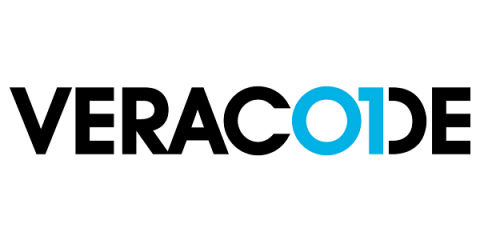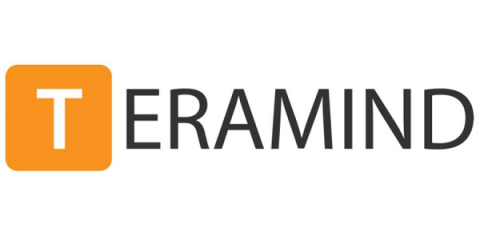NIST vs SOC 2: What's the Difference?
When the subject is cybersecurity compliance, the National Institute of Standards and Technology (NIST) is often the first reference that comes to mind. NIST has been around for decades, and its standards for the development of cybersecurity risk management programs are considered the gold standard. There is, however, another standard that applies to service providers that handle customer data, as well as to those firms’ business partners: the SOC 2 audit.






